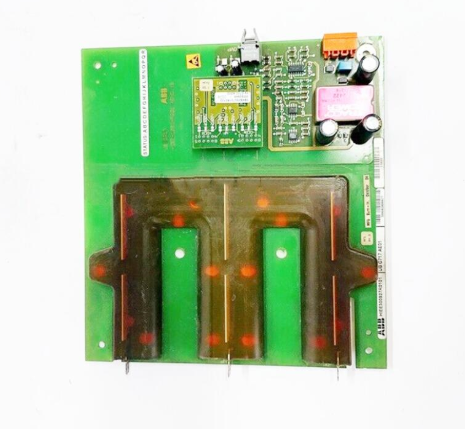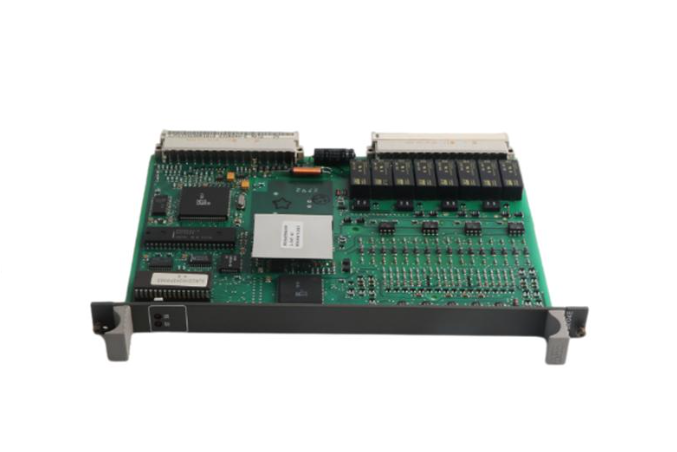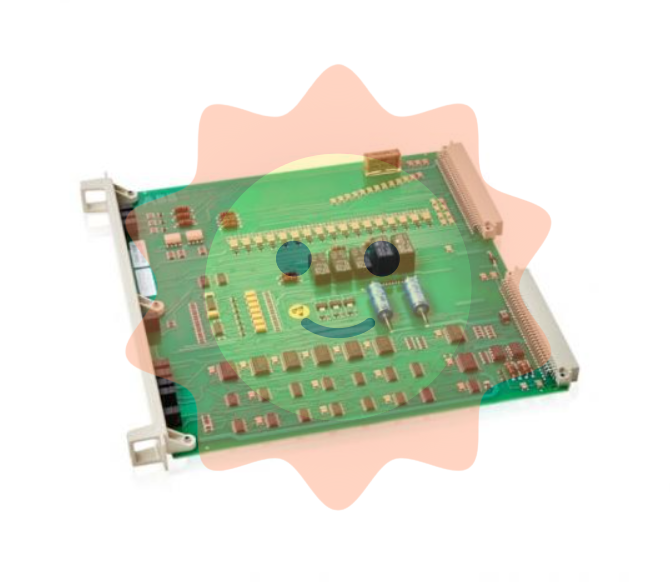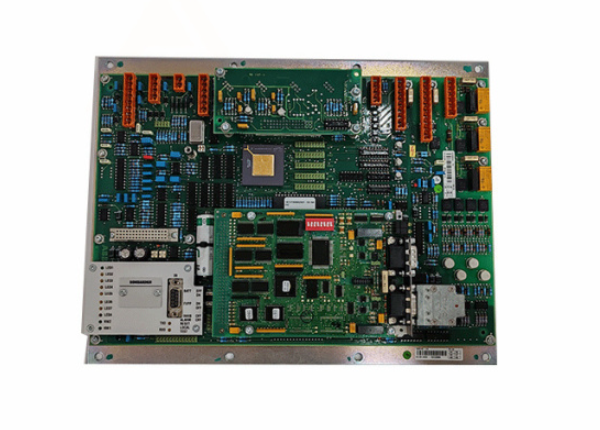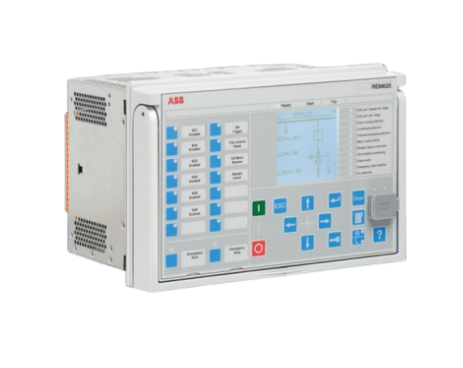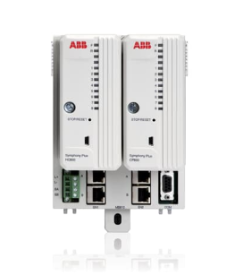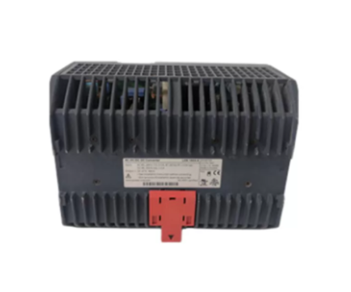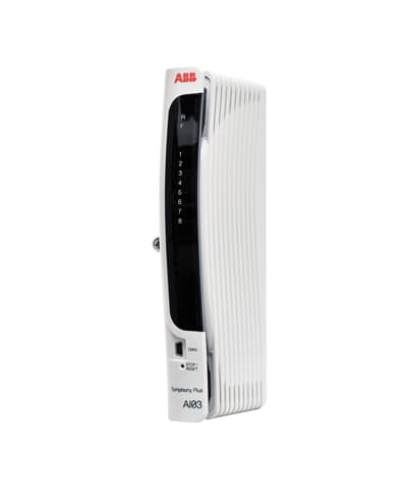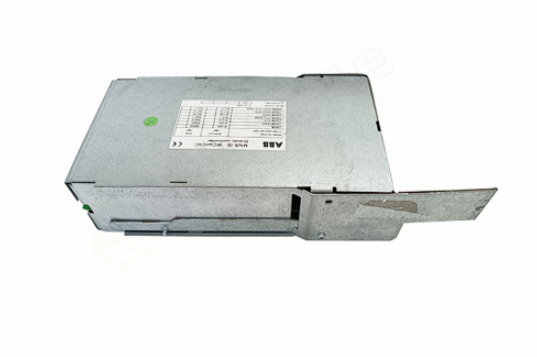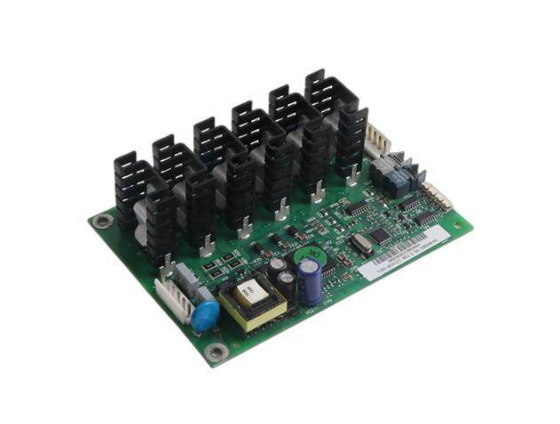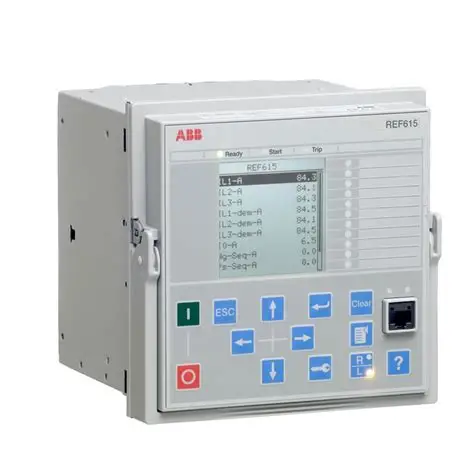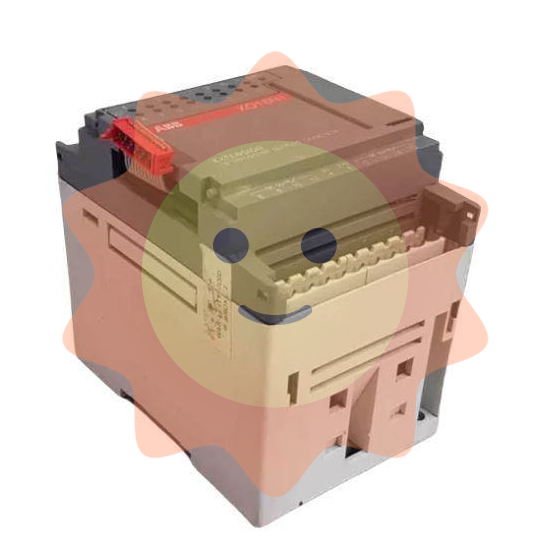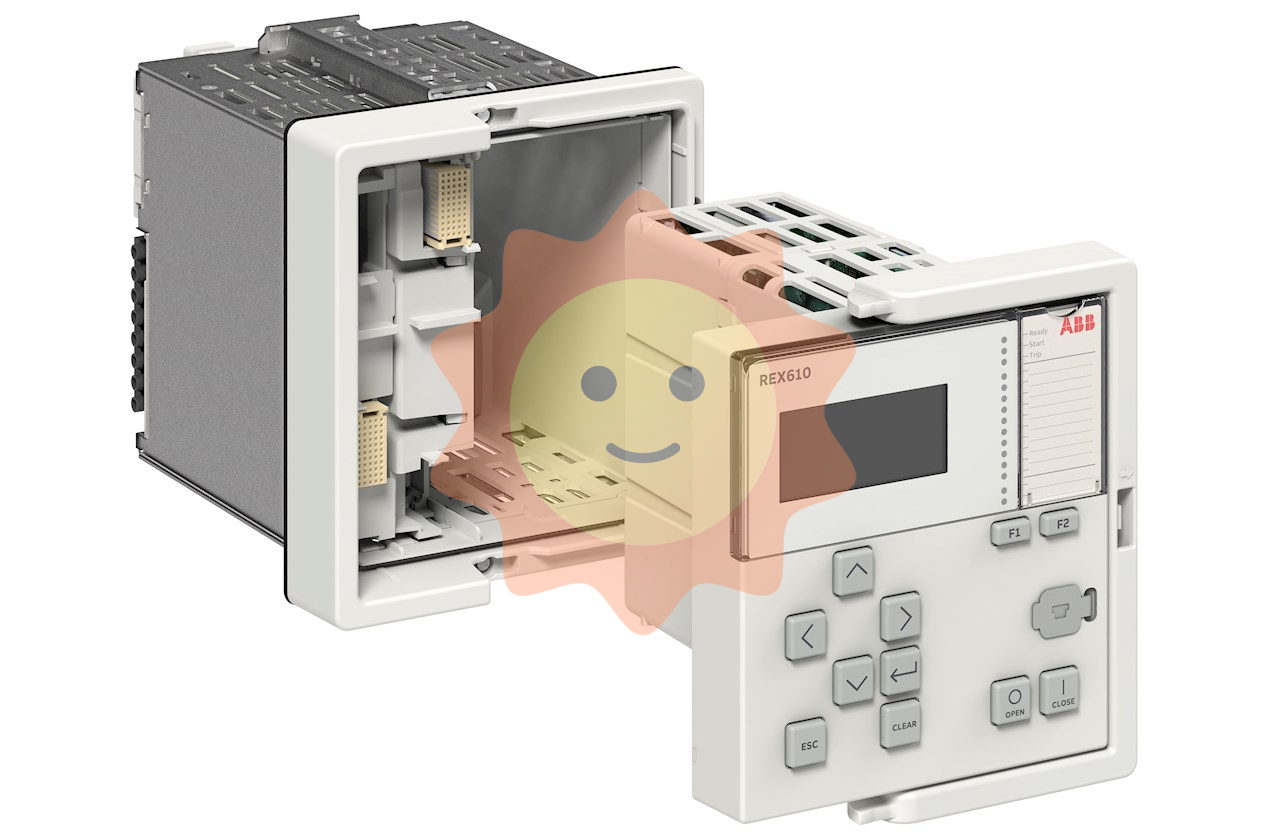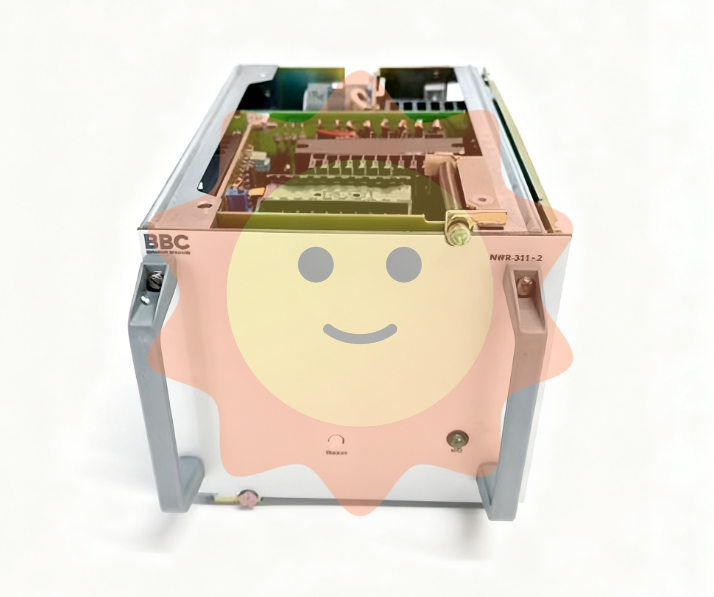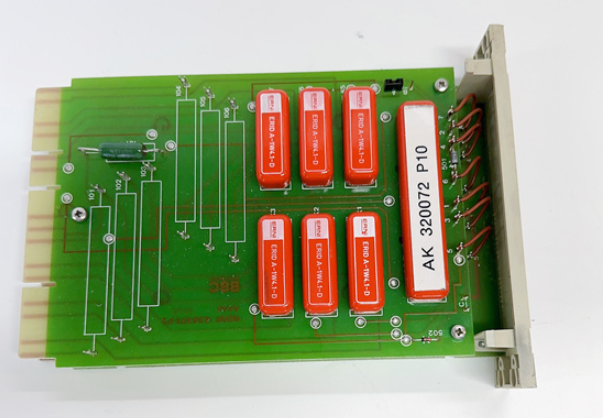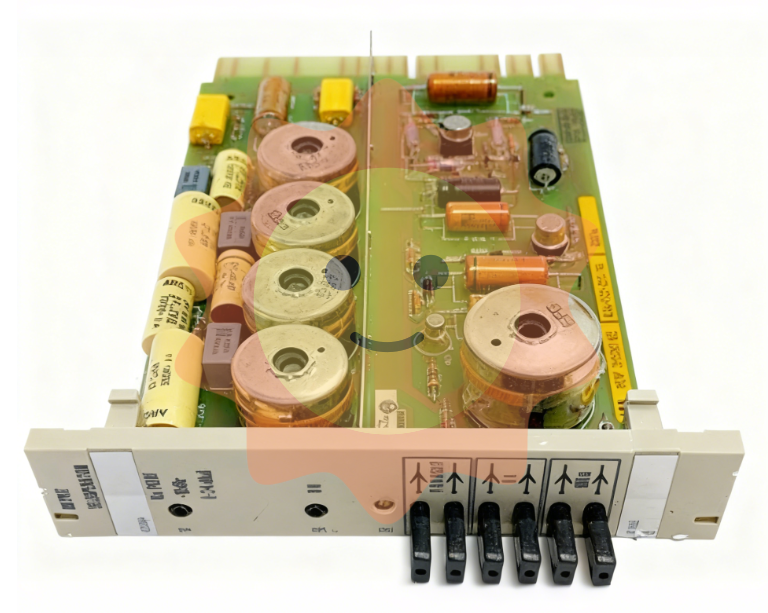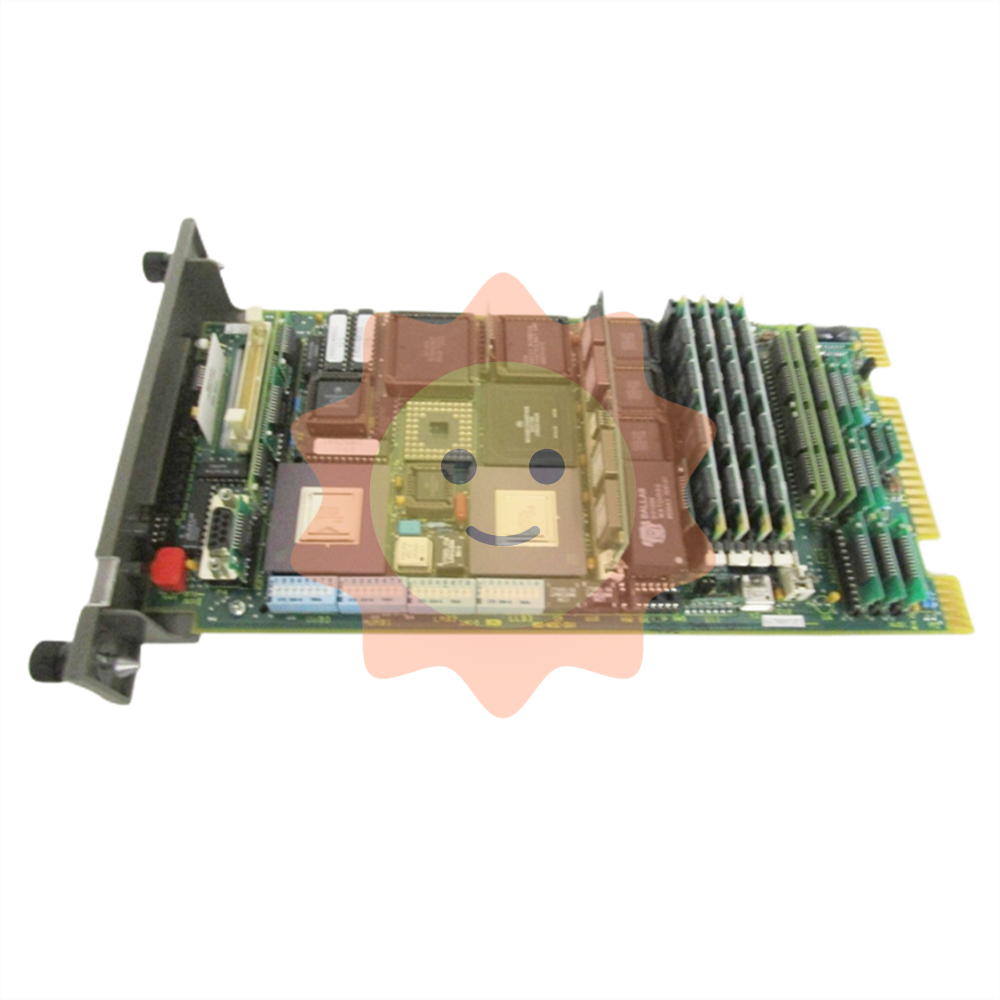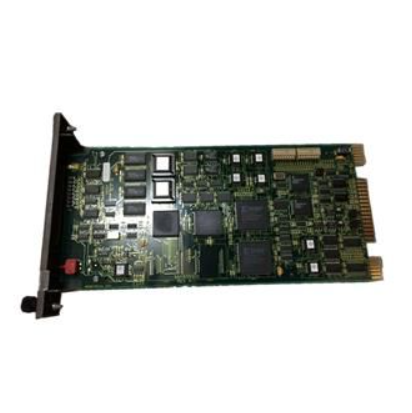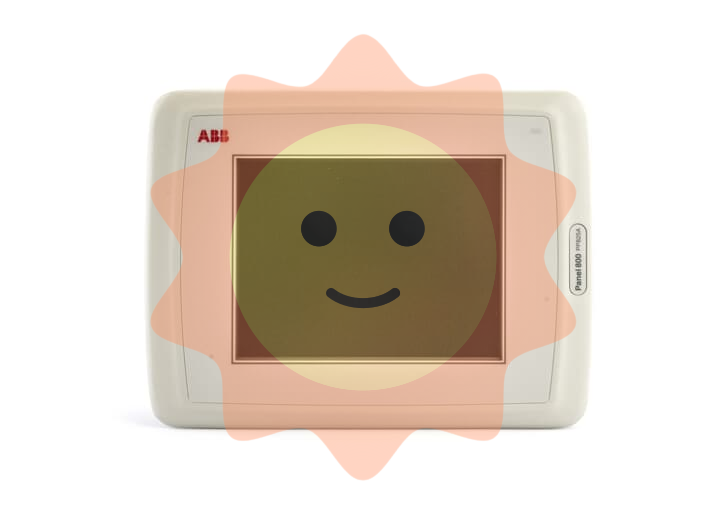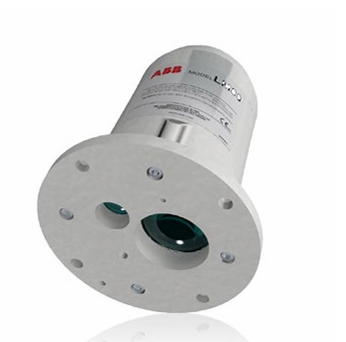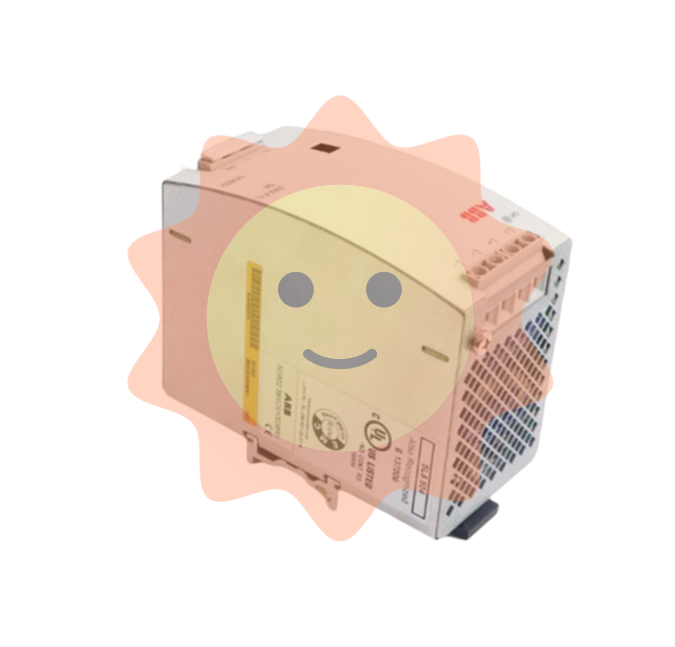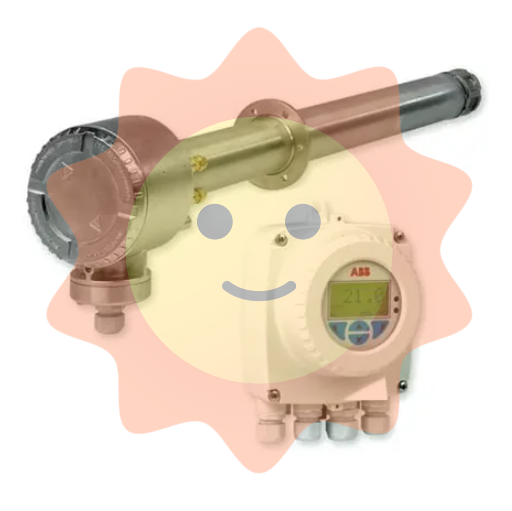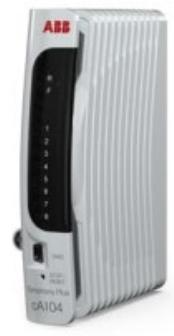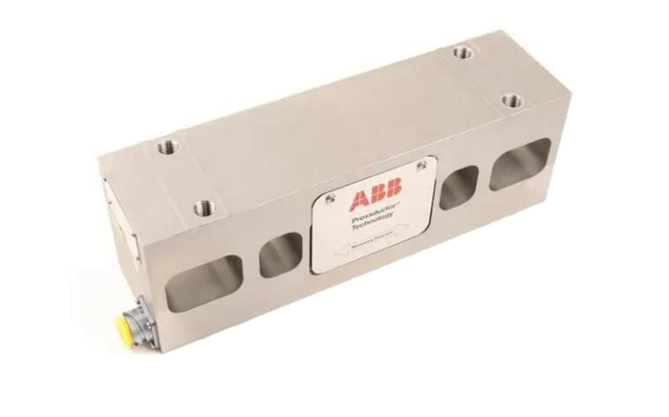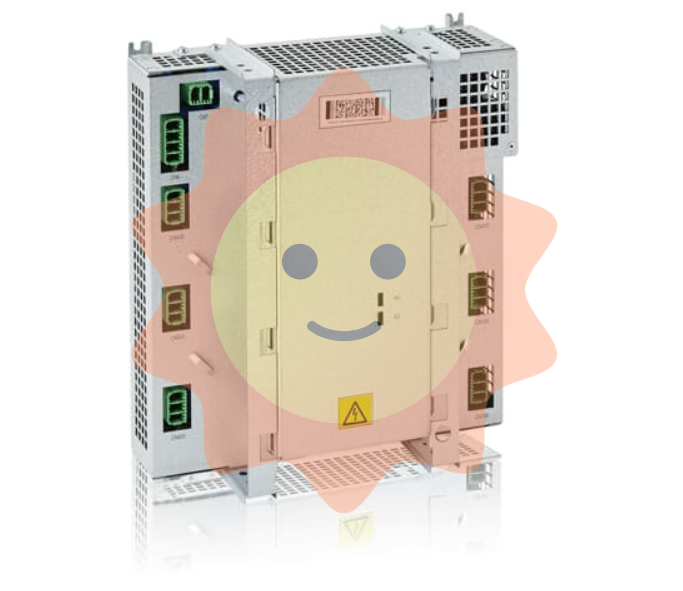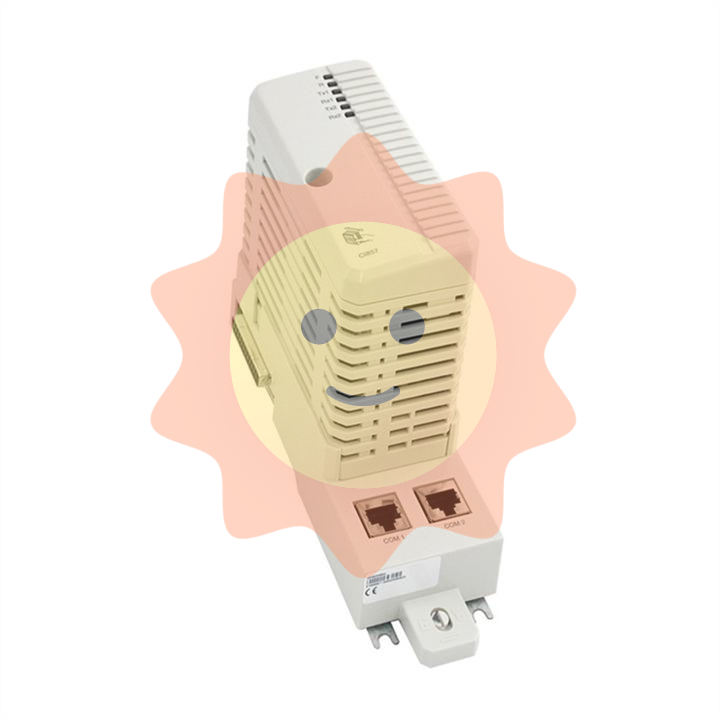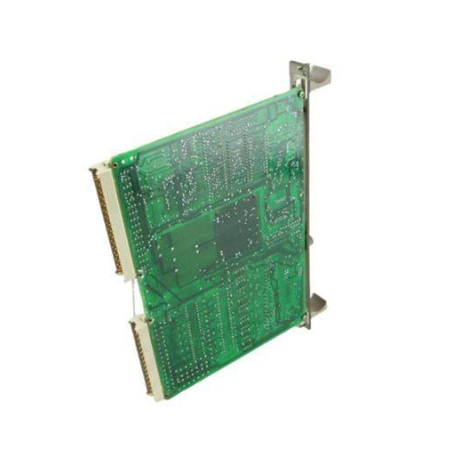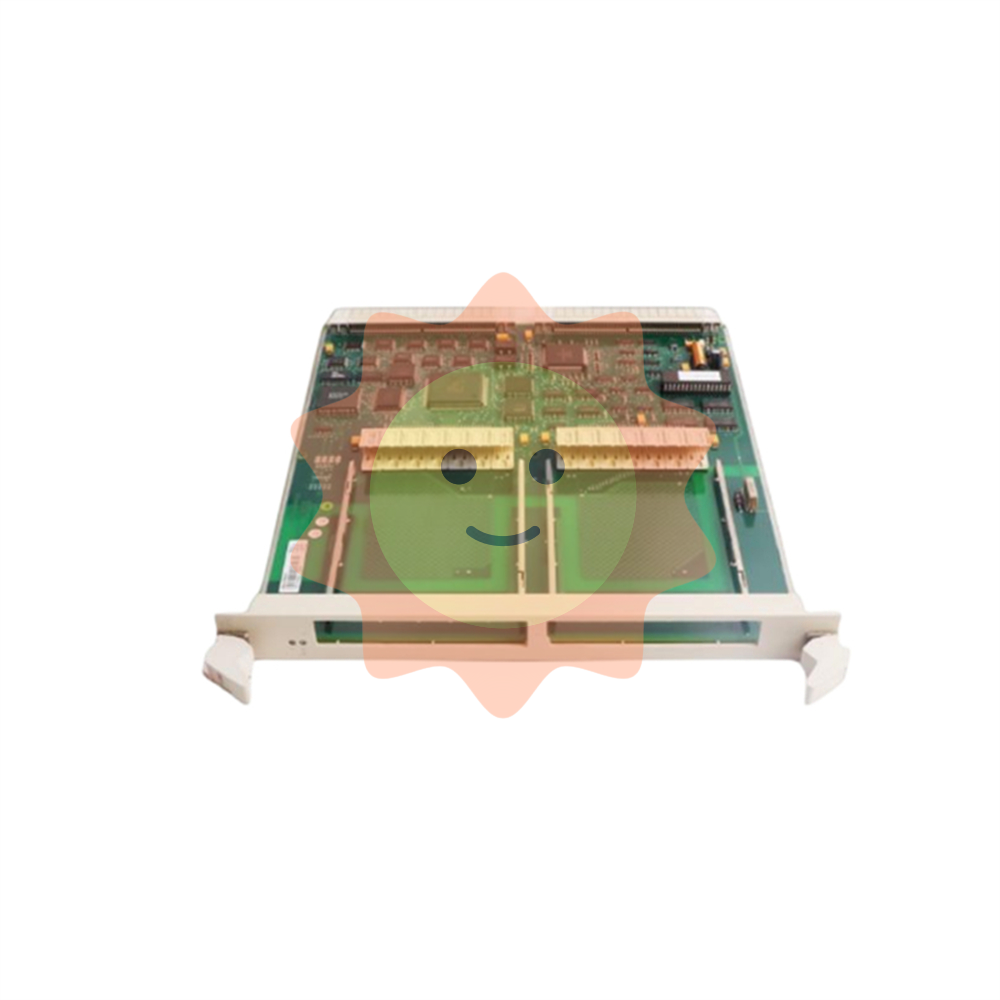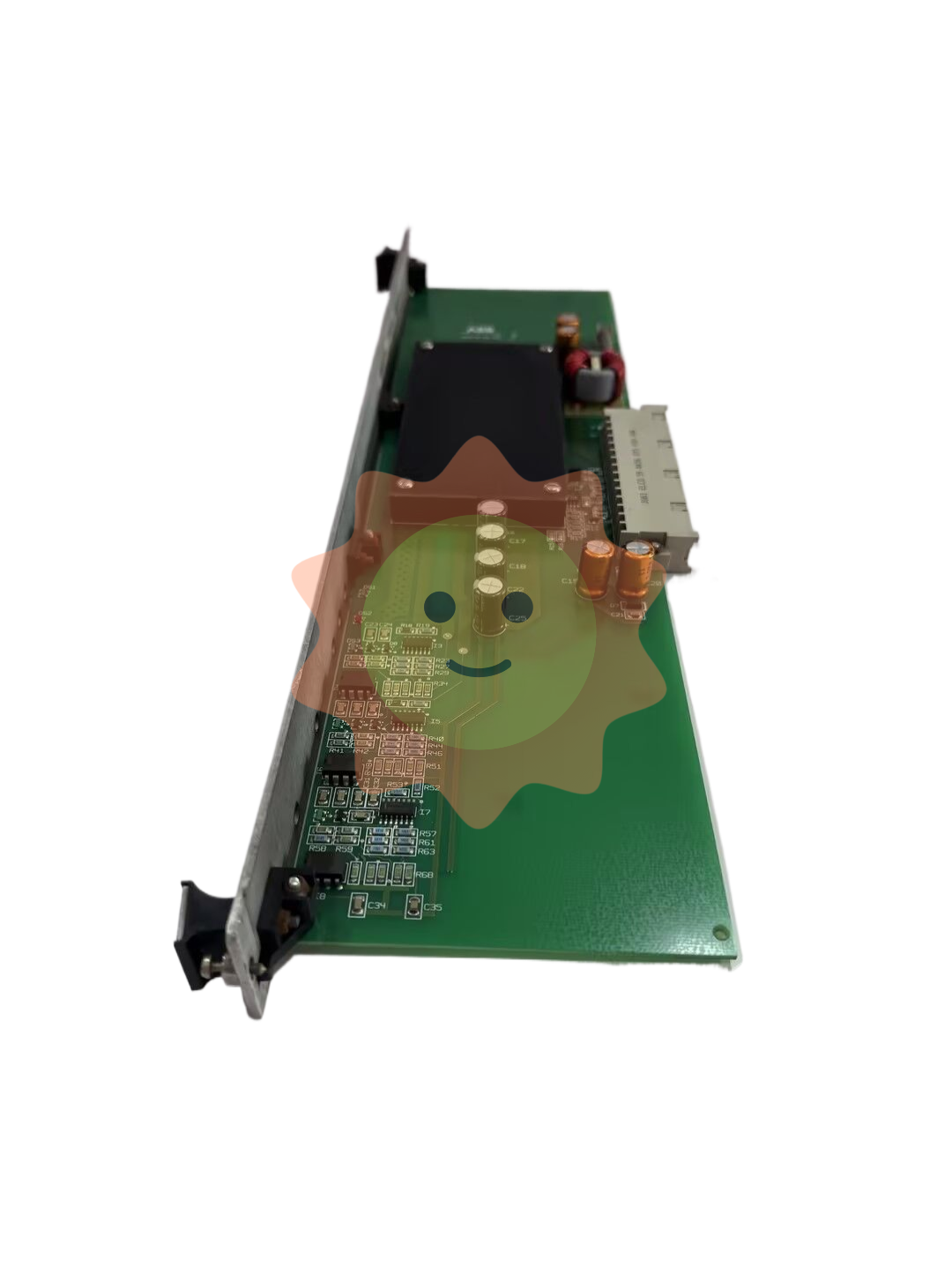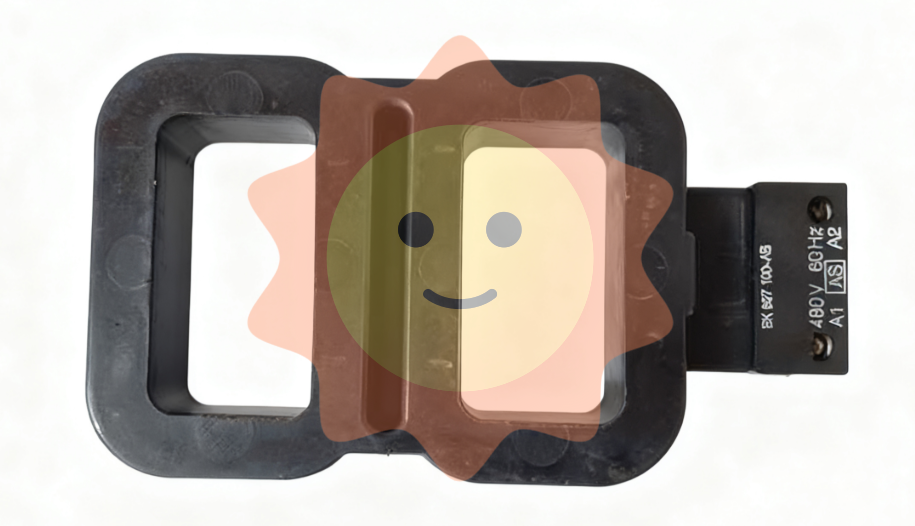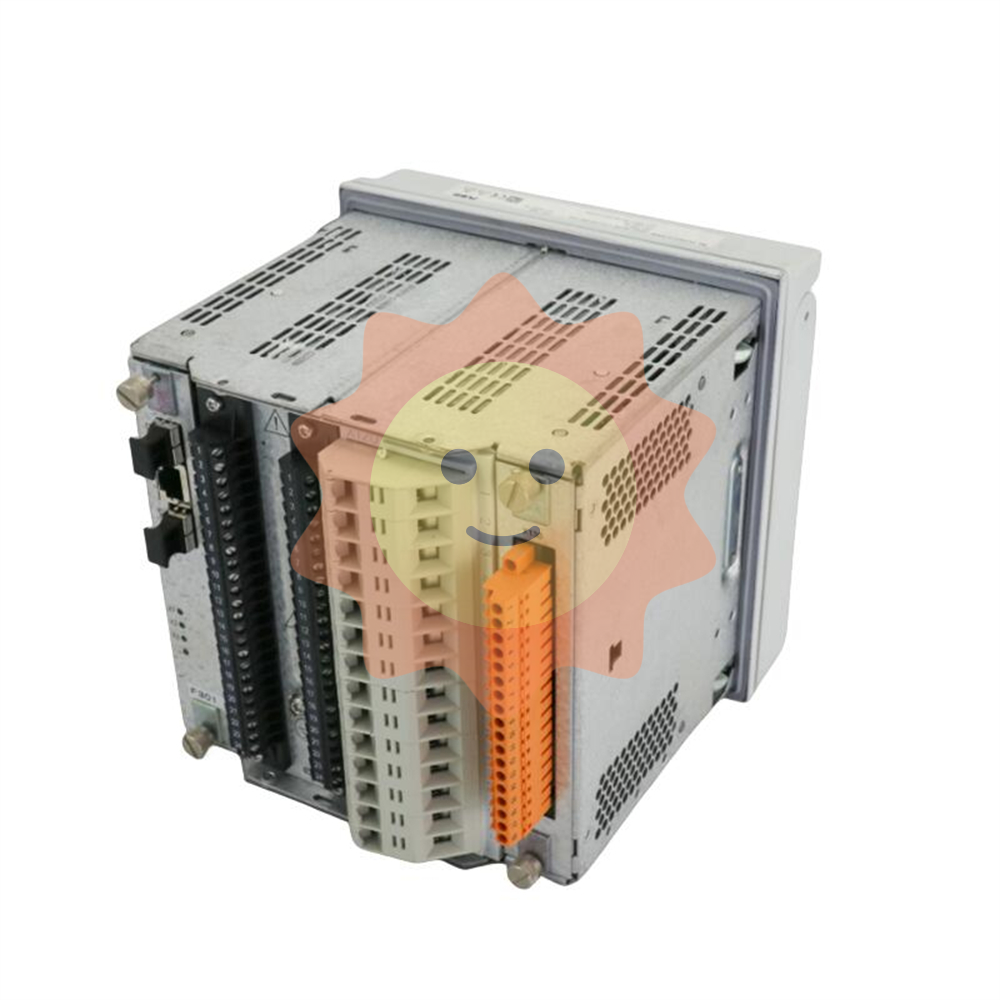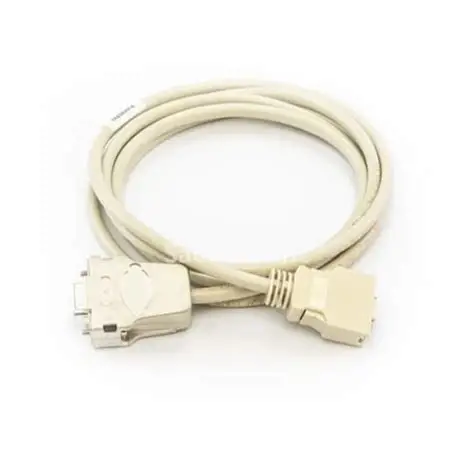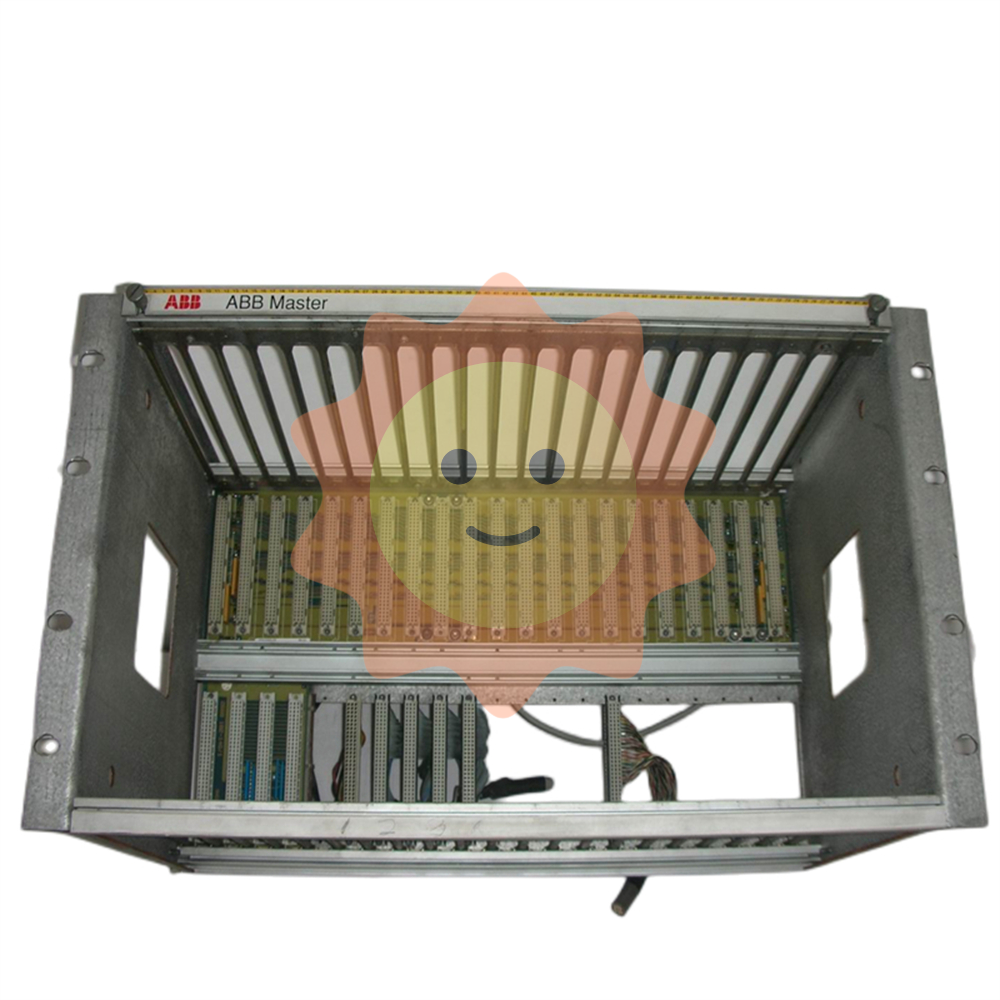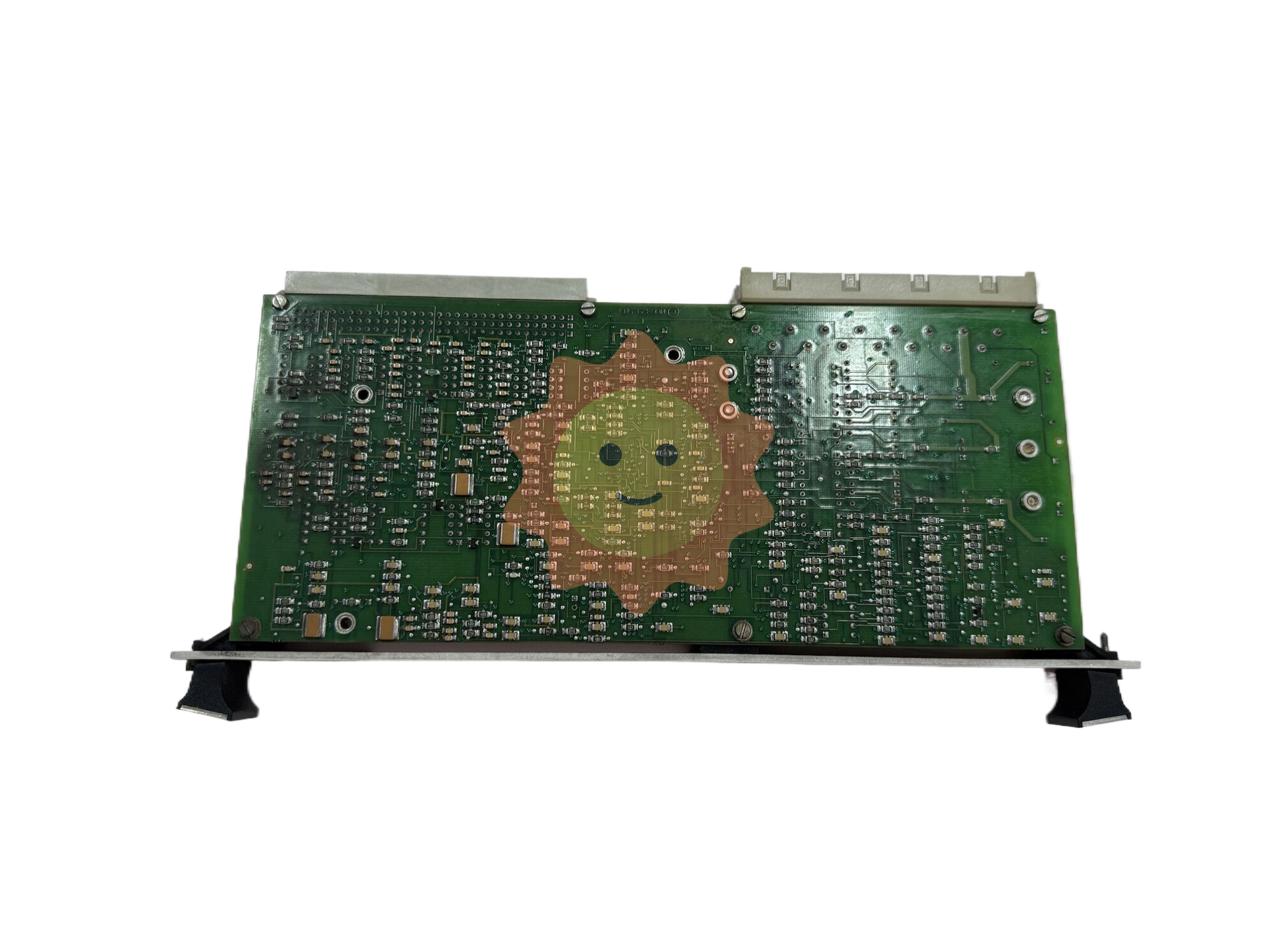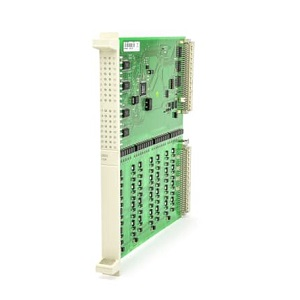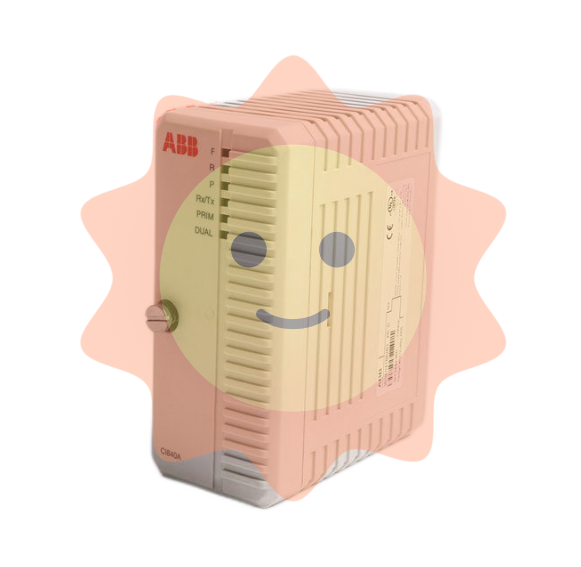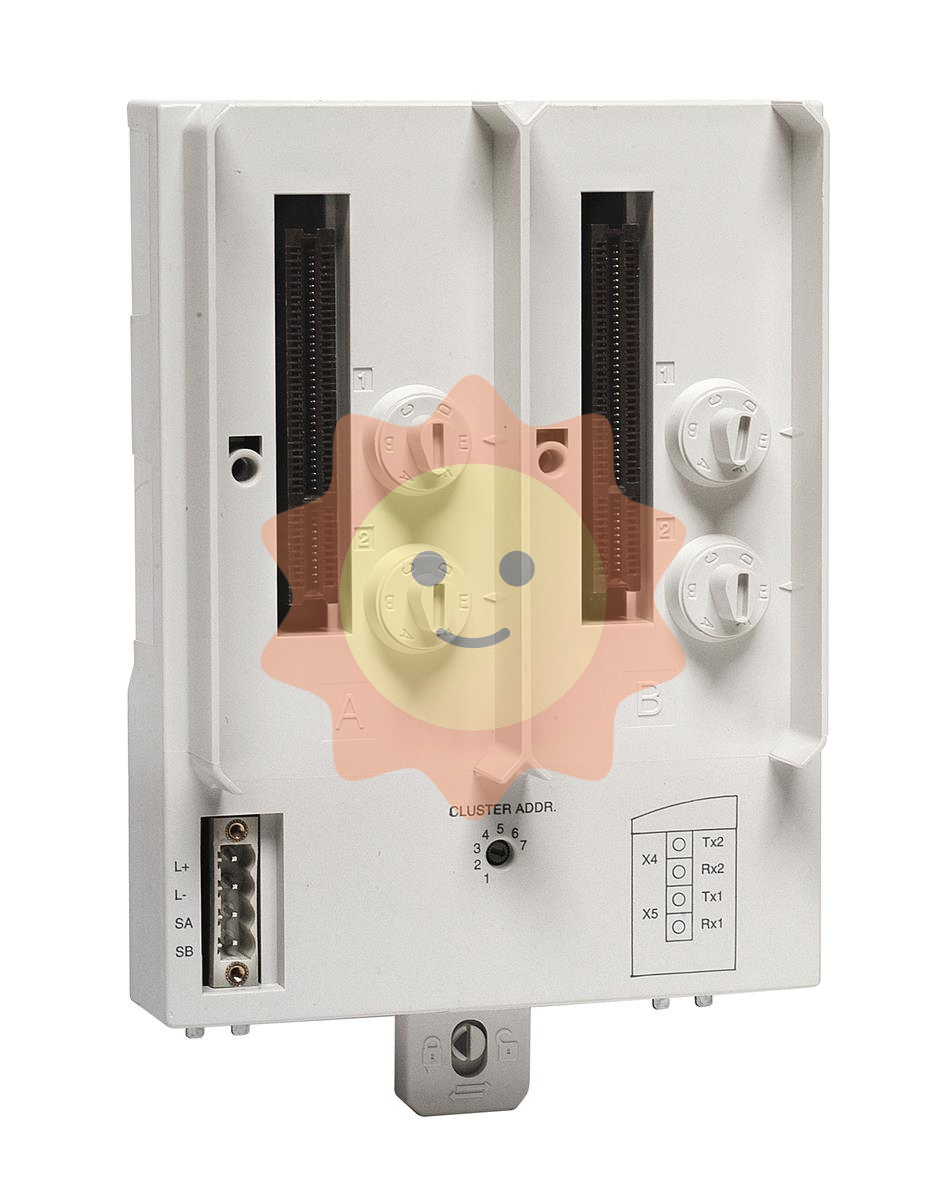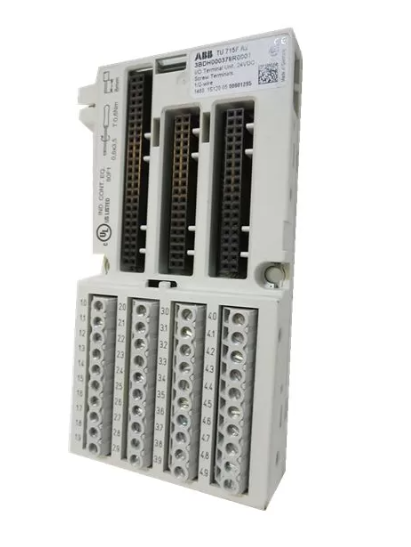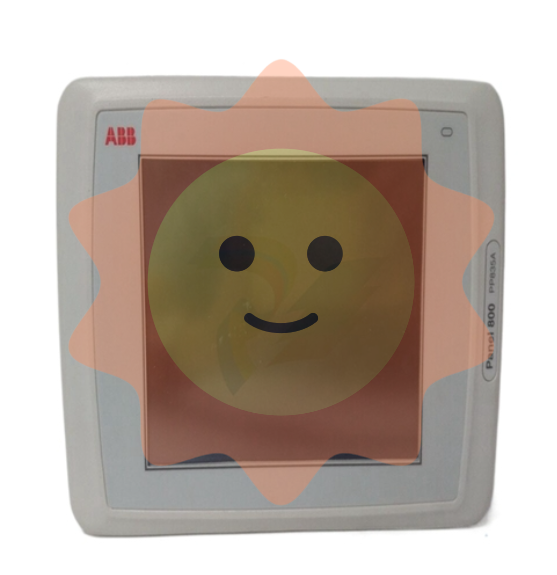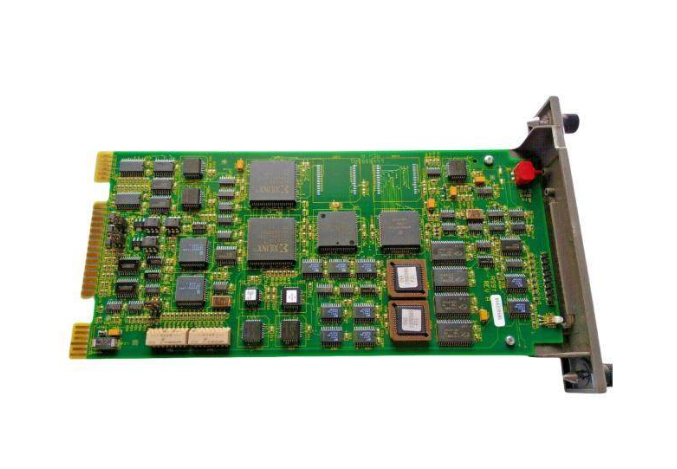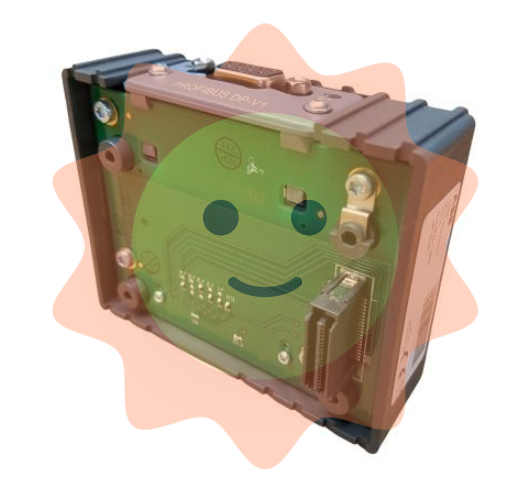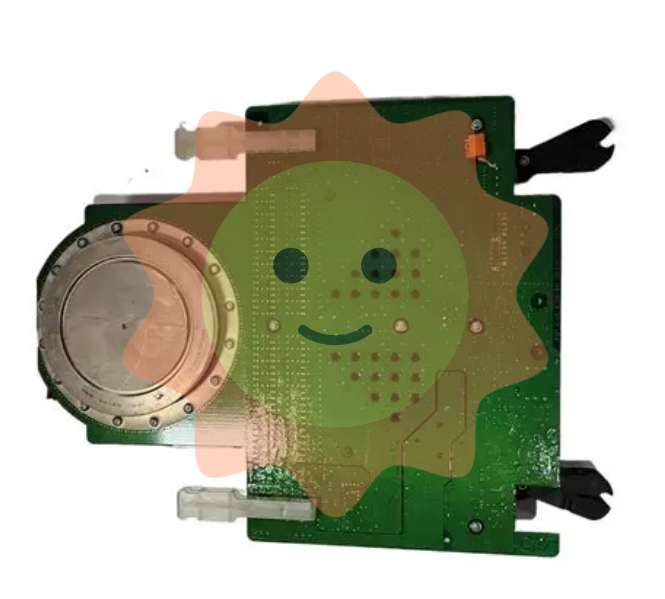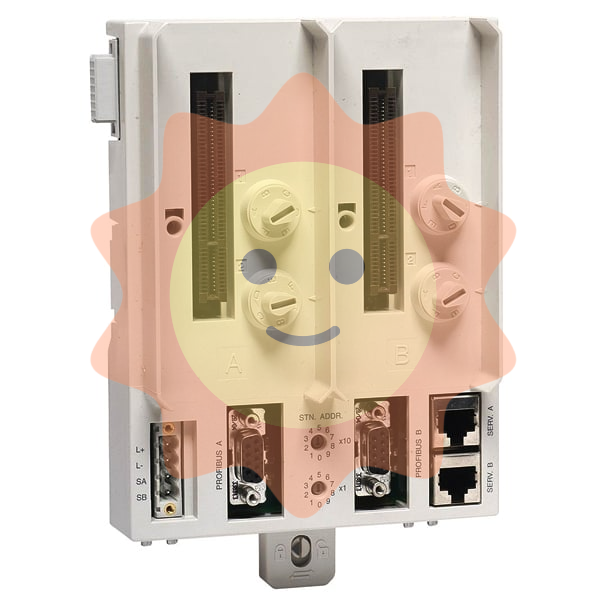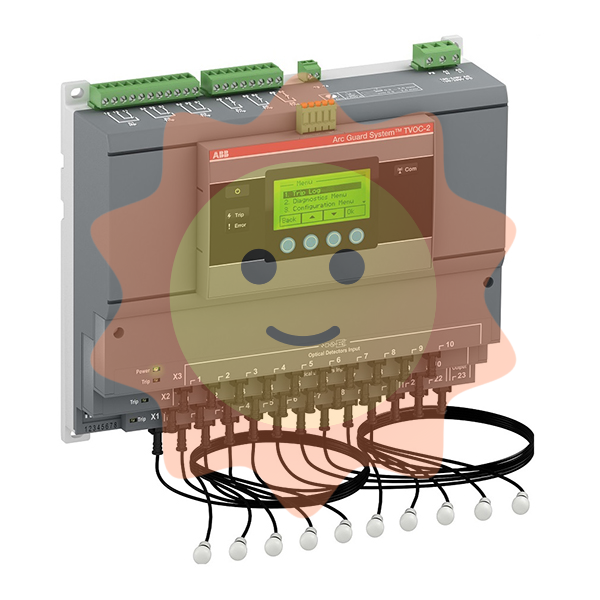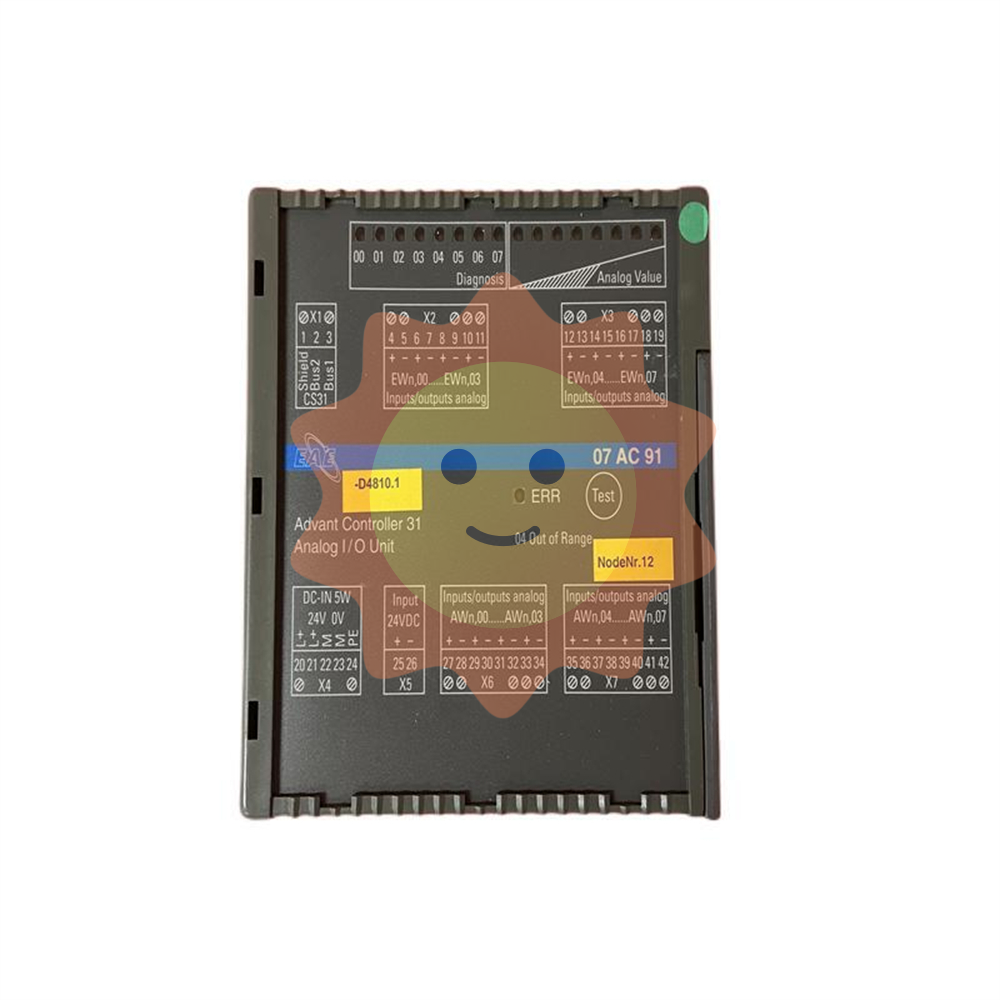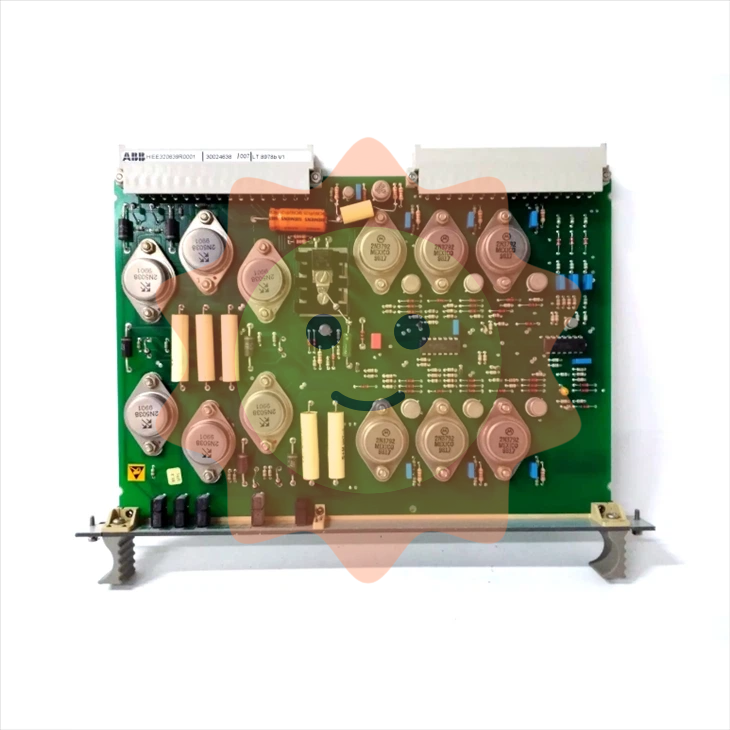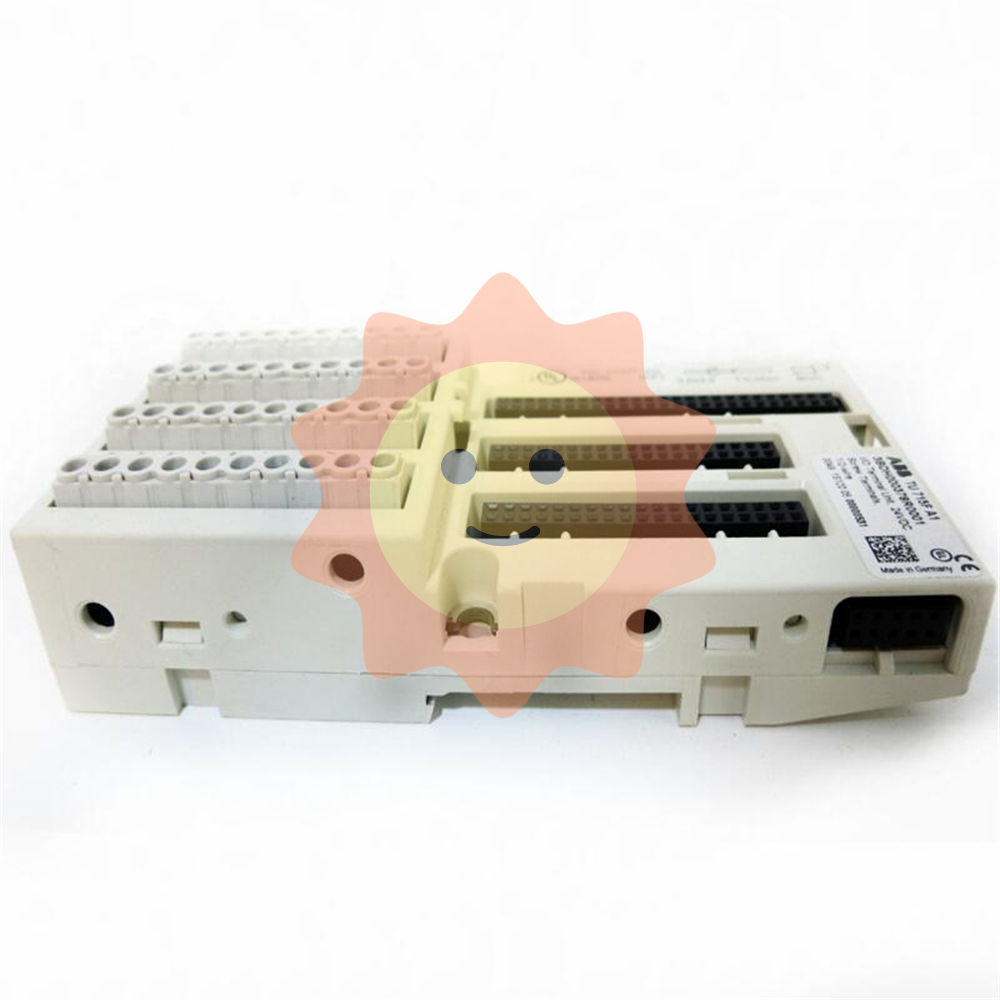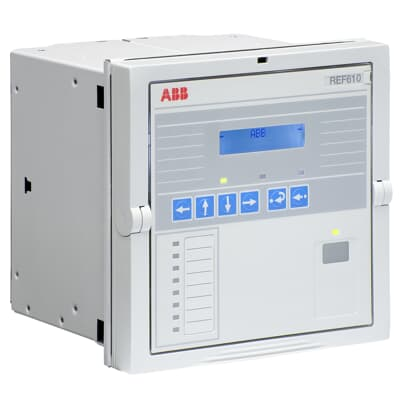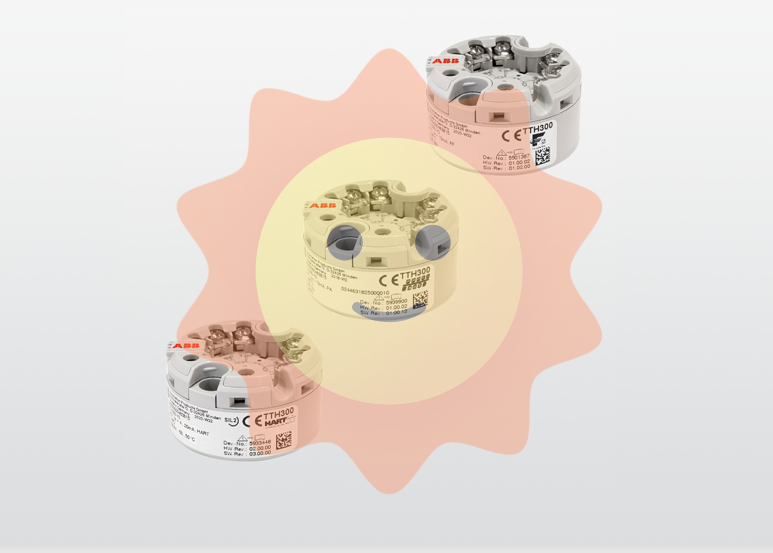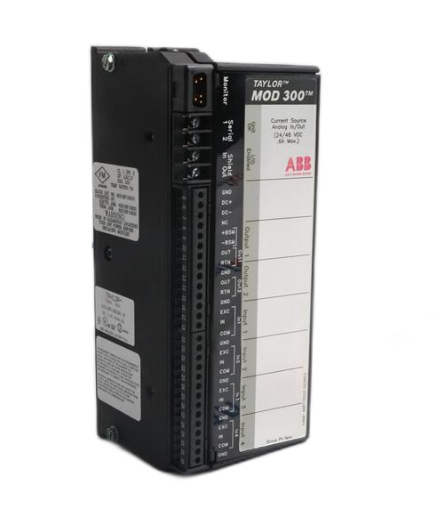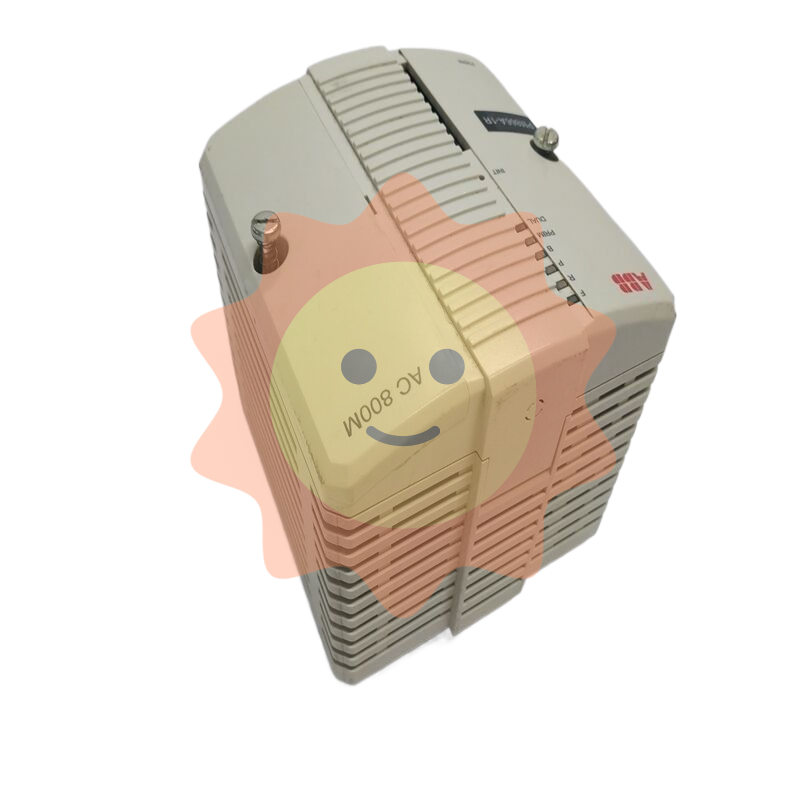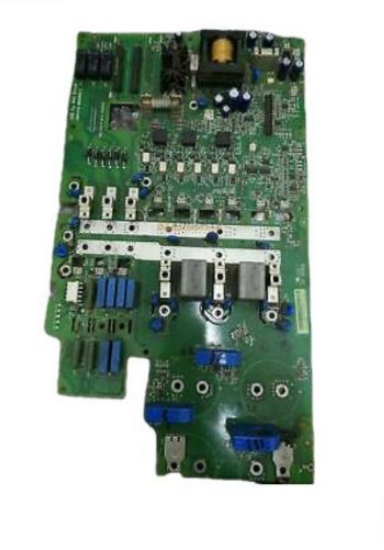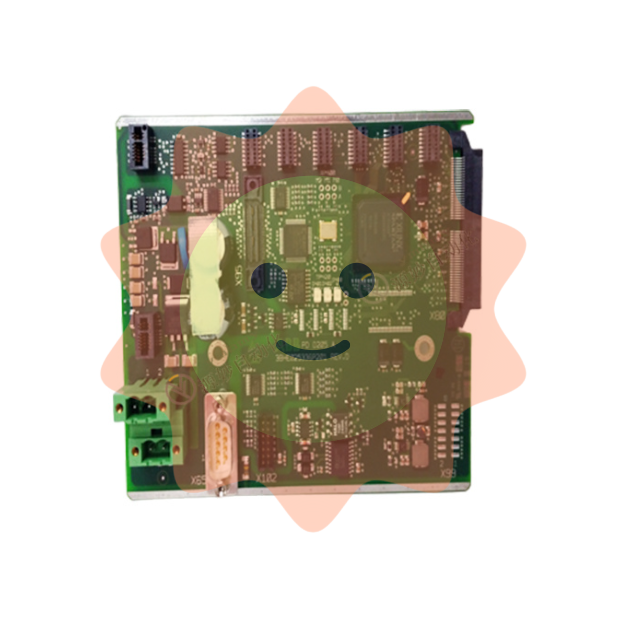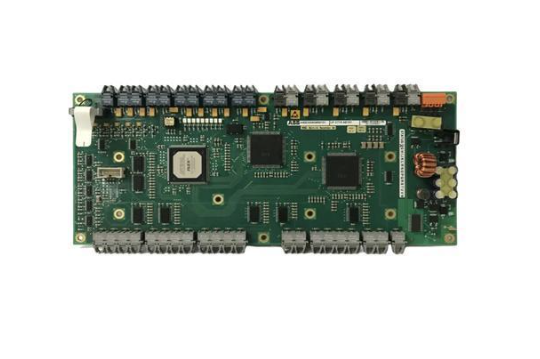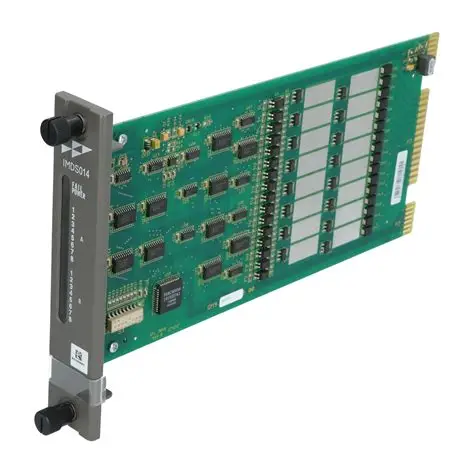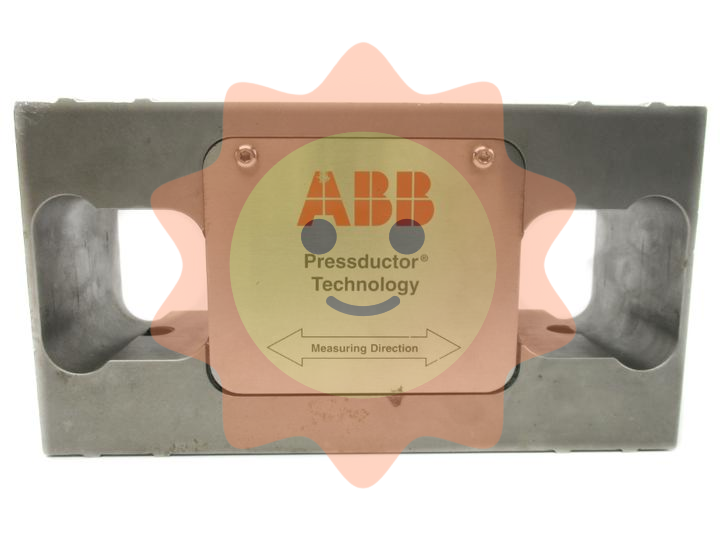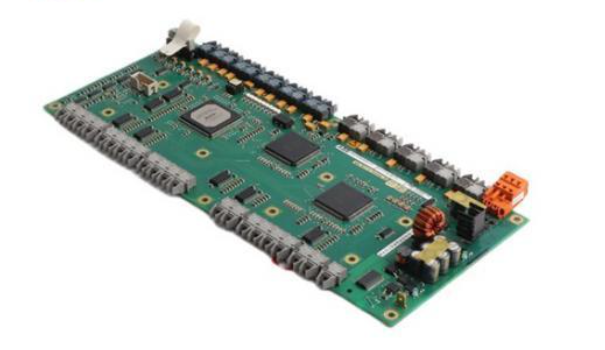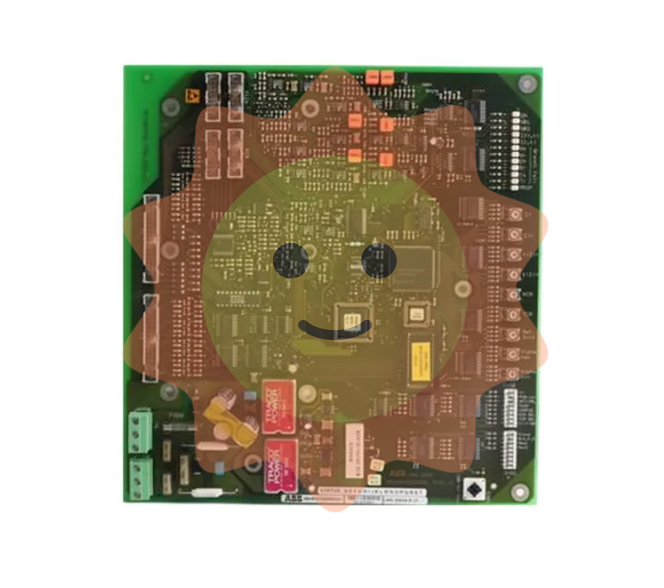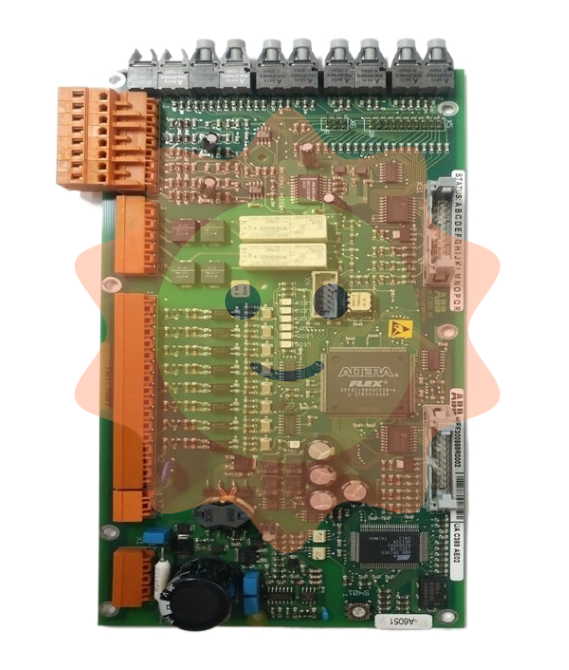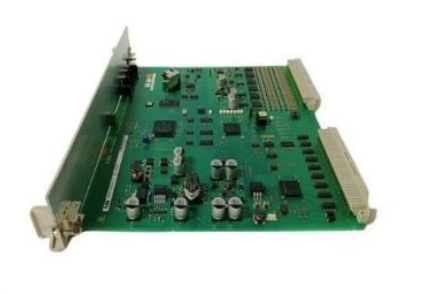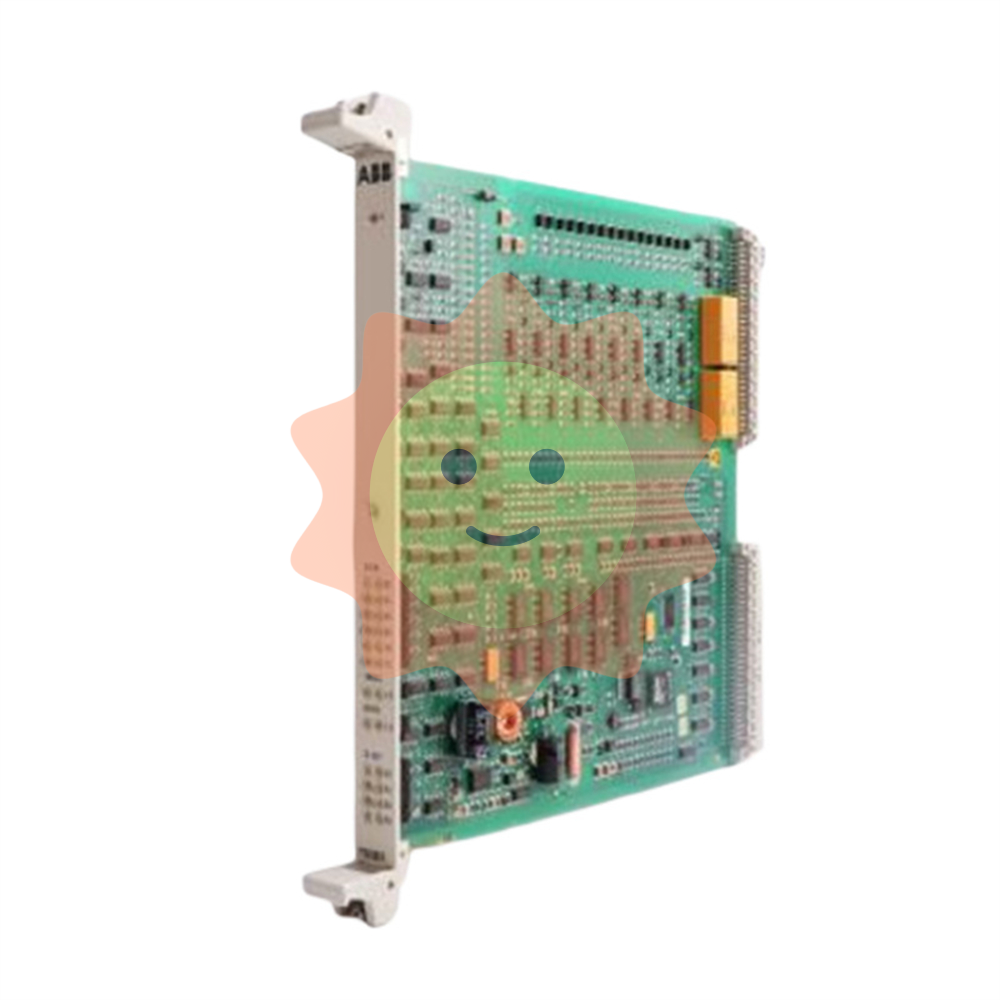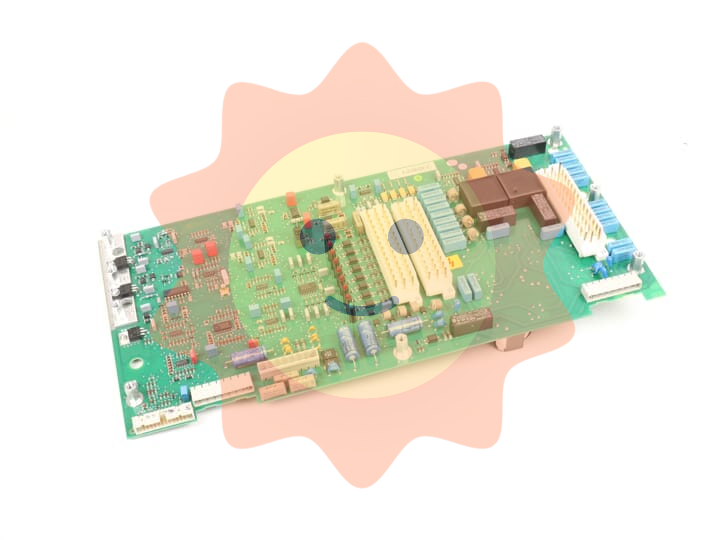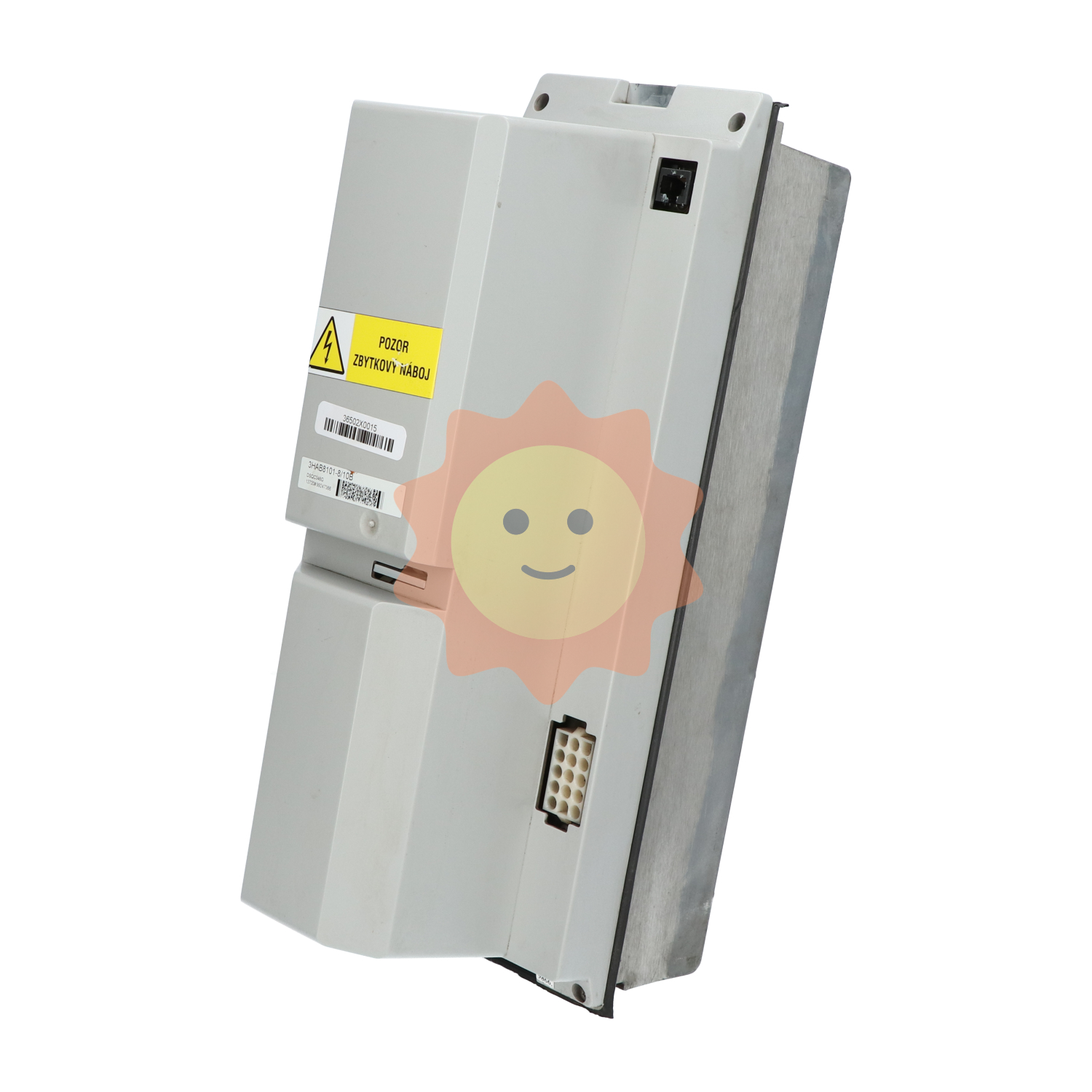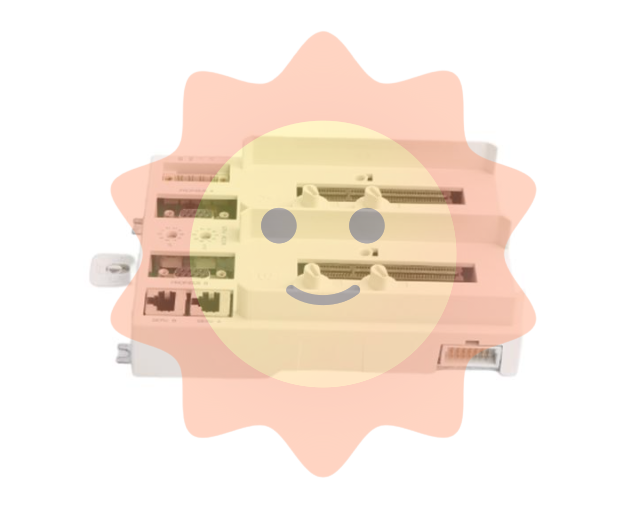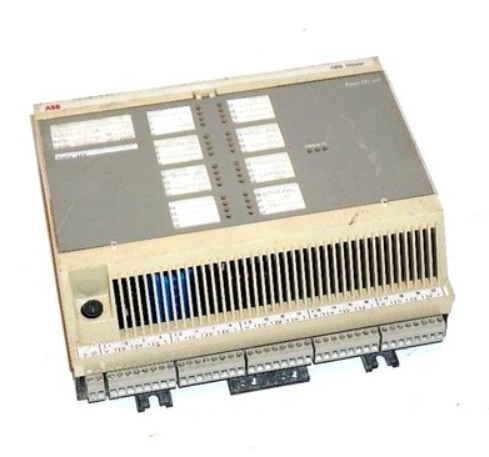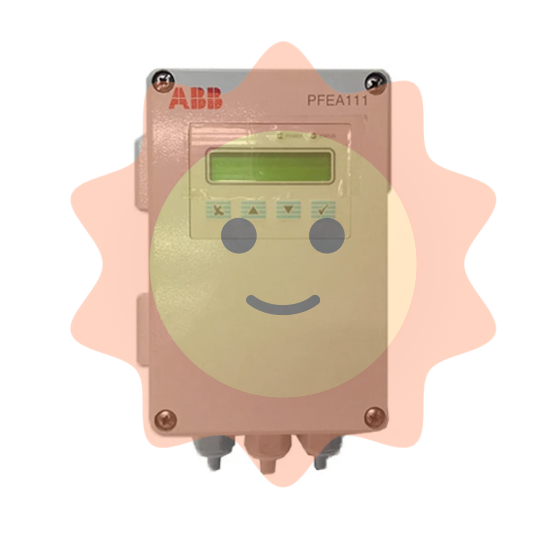Watlow CLS200 series controller
Space and efficiency optimization: A single device supports PID control for up to 16 heating/cooling circuits, significantly reducing the panel space occupied by a single circuit, while reducing the number of installed components, lowering the probability of failure, and shortening installation time;
Simplified operation: It has menu guided operation+full-text display, supports storage and calling of 8 job programs, can quickly switch production processes, and the "Auto tune" function reduces the professional threshold for parameter settings;
Strong compatibility: Supports thermocouples RTD、 Multiple sensor inputs such as linear DC voltage/current reduce user learning costs and spare parts inventory; Built in EIA/TIA-232/485 serial communication interface, seamlessly integrated with PLC and upper computer software (such as WATVIEW).
This series of controllers is approved by UL ®、 C-UL ® Certified to comply with the EU EMC Directive and bear the CE mark, suitable for multi loop control scenarios in the field of industrial automation (such as plastic extrusion, mass production, etc.).
Watlow CLS200 series controller
Core positioning and overall advantages of the product
The CLS200 series controller is designed with a compact 1/8 DIN package, which enables precise control of multiple circuits in a limited space. Its core advantages are concentrated in three dimensions: "efficiency, flexibility, and ease of operation"
Space and efficiency optimization: A single device supports PID control for up to 16 heating/cooling circuits, significantly reducing the panel space occupied by a single circuit, while reducing the number of installed components, lowering the probability of failure, and shortening installation time;
Simplified operation: It has menu guided operation+full-text display, supports storage and calling of 8 job programs, can quickly switch production processes, and the "Auto tune" function reduces the professional threshold for parameter settings;
Strong compatibility: Supports thermocouples RTD、 Multiple sensor inputs such as linear DC voltage/current reduce user learning costs and spare parts inventory; Built in EIA/TIA-232/485 serial communication interface, seamlessly integrated with PLC and upper computer software (such as WATVIEW).
This series of controllers is approved by UL ®、 C-UL ® Certified to comply with the EU EMC Directive and bear the CE mark, suitable for multi loop control scenarios in the field of industrial automation (such as plastic extrusion, mass production, etc.).
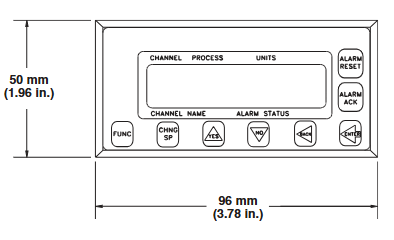
Differences in Model Classification and Core Functions
The CLS200 series is divided into core models according to the "number of circuits", and there are clear differences in input types and channel quantities among different models. At the same time, the "firmware options" can be used to expand functions to meet different application needs:
1. Classification of basic models (by number of circuits/channels)
Model Channel Quantity Input Type Core Adaptation Scenario
CLS204 4 differential input small multi loop control (such as 4-channel temperature control)
CLS208 8 differential input medium-sized multi loop control, supporting RTD input
CLS216 16 single ended input large multi loop centralized control
2. Firmware function options (select as needed)
Different firmware versions determine the core algorithms and functional range of the controller, covering requirements from basic temperature control to complex process control
Standard firmware: Basic closed-loop PID control, automatic tuning, fault sensor detection, alarm function, job storage;
Extruder specific firmware: Based on standard functions, optimize PID control logic for plastic extrusion process;
Ramp and Soak firmware: Added "ramp heating+constant temperature maintenance" function and process variable retransmission (requires SDAC module), supports complex batch processing;
Enhanced firmware: includes standard features, with additional support for cascade control, proportional control, differential control, and remote simulation set points. Each channel can flexibly configure control algorithms (note: cascade control/remote set points require 2 controller channels).
Key technical parameters
1. Human computer interaction and configuration
Display and operation: 32 character vacuum fluorescent display screen, 8-key keyboard (used for menu access, password verification, parameter settings, channel switching);
Configuration method: Controller parameters can be loaded through standard serial ports, supporting single channel/multi-channel display switching.
2. Input performance (sensors and signals)
(1) Input type and precision
Supporting multiple sensor inputs, the measurement range and accuracy of different types are shown in the table below:
Input type, specific specifications, accuracy (@ 25 ℃ environment)
Thermocouples support B/E/J/K/R/S/T types, including cold end compensation and reverse/short circuit detection; Type B has a range of 66-1760 ℃, Type K has a range of 268-1371 ℃ ± 1.0~4.0 ℃ (depending on the type, Type B has the lowest accuracy)
RTD is only supported by CLS204/CLS208, with 2/3 wire platinum resistance (100 Ω @ 0 ℃), divided into 2 ranges:
- RTD1:-100-275℃
- RTD2:-120-840℃ RTD1:±1.1℃; RTD2:±1.6℃
Linear signal supports 0-10mA/4-20mA DC current, 0-100mV/0-5V/0-10V/0-12V DC voltage (requires external scaling resistor)-
Pulse signal TTL level square wave, maximum frequency 2kHz-
(2) Input sampling and anti-interference
Sampling rate: CLS204 (6 times/second, update time 0.167 seconds), CLS208 (3 times/second, 0.333 seconds), CLS216 (1.5 times/second, 0.667 seconds);
Anti interference capability: noise suppression ratio of 120dB at a frequency of 60Hz, temperature coefficient of 40ppm/℃;
Measurement resolution:>14 bits, internal measurement accuracy 0.006%.
3. Output performance
Digital output: The number of outputs varies depending on the terminal board options - the 50 pin terminal board supports 34 digital outputs, while the 18 pin terminal board supports 10 control outputs; Each output can be configured as "switch time proportional control" or "distributed zero crossing (DZC) control", with a maximum single current of 60mA (5V DC), and the onboard power supply can provide 350mA (5V DC);
Alarm output: Each channel is independently configured with "process alarm" and "deviation alarm", supporting programmable dead zone, delay, and start suppression. The global alarm output can summarize the alarm status of all channels, and there is also a "watchdog output" to indicate that the controller is running normally.
4. Communication and Power Supply
Serial communication: Supports EIA/TIA-232 or EIA/TIA-485 (selectable via jumper), baud rates can be selected as 2400/9600/19200, protocol compatible with ANSI X3.28-1976 (D1, F1) and Allen Bradley PLC/2, Modbus ® RTU;
Power requirements: 15-24V DC (± 3V DC), maximum current 1A, current 300mA without load; optional 120/240V AC (50/60Hz) power adapter (output 15V) DC@1.2A , UL ® Class 2 certification).
5. Environmental adaptability
Working temperature: not clearly indicated (reference to general industrial equipment standards, estimated to be -10~55 ℃, subject to actual application);
Anti interference: Complies with industrial grade electromagnetic compatibility requirements (relying on the EMC testing standards corresponding to CE certification).
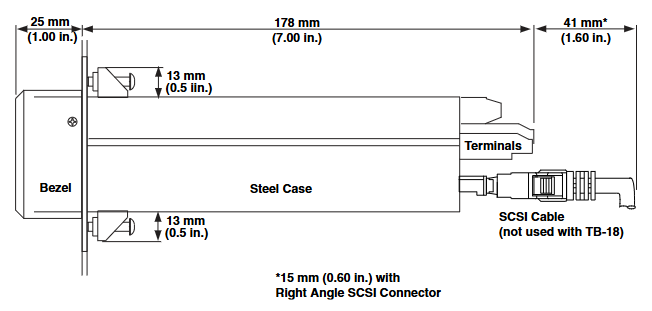
Optional accessories and software
1. Analog Conversion Module (DAC/SDC)
The CLS200 series has no onboard analog output and requires external modules to achieve analog signal conversion:
DAC module: converts the DZC output signals of 1-2 controllers into analog signals, and the output types can be configured on-site as 4-20mA DC, 0-5V DC, or 0-10V DC;
SDAC module (serial digital to analog converter): converts 1 controller output into high-precision analog voltage/current signals, suitable for scenarios such as process variable retransmission, open-loop control, motor speed control, etc., with CE, UL ®、 C-UL ® authentication.
2. Upper computer software (WATVIEW)
Optional Windows ®- Based HMI software, core functions include:
Simultaneously monitor/configure up to 32 CLS200 controllers;
Support parameter settings, custom recipe management, alarm monitoring, trend chart drawing, real-time data recording, and export log data to a spreadsheet;
Divided into "Run time" and "Developer" versions, the Developer version additionally supports custom interface design and has higher configuration efficiency than general HMI software.
Order information and attachments
1. Core ordering code rules
The CLS200 series order requires clear parameters such as "number of channels, controller type, terminal board, power supply, communication accessories, and special inputs". The core code meanings are as follows:
Description of optional parameters for code snippets
Channel number 04=4 channels (CLS204), 08=8 channels (CLS208), 16=16 channels (CLS216)
Controller type 1=standard firmware, 2=extruder firmware, 3=ramp constant temperature firmware, 4=enhanced function firmware
Terminal board 0=SCSI interface only (user provided cable), 1=18 pin terminal board (CLS204/208 only), 2=50 pin terminal board (including 3-foot SCSI cable)
Power adapter 0=none, 3=120/240V AC to 15V DC (1.2A)
Serial communication configuration communication cable (0=none, 1=10 feet DB-9 cable, etc.), communication protocol (0=232, 1=485, 2=485 terminal matching)
Special input 0/00=thermocouple only+(-10~60mV), X/XX=custom current/voltage/RTD input (input type and channel range need to be specified)
2. Other attachments
Software keys: WATVIEW runtime version (WV00-R0U0-000=USB key, WV00-R0P0-000=parallel key), development version (WV00-D0U0-000=USB key, etc.);
DAC/SDC power supply: B=120V AC to 16V DC (300mA, for 10 DACs), H=120/240V AC to 15V DC (1.2A, for 12 DACs), L=120/240V AC to 5V DC (3A, for 10 SDACs).
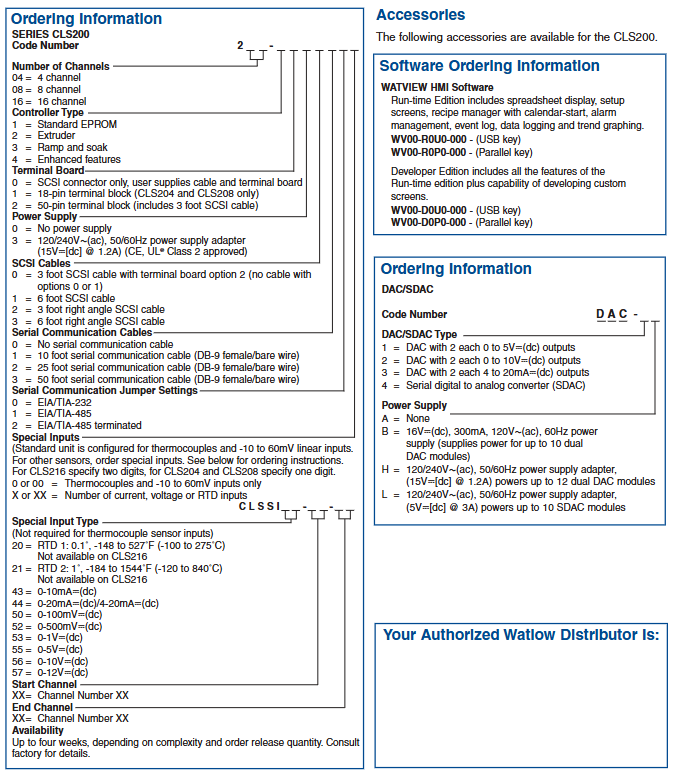
- EMERSON
- Honeywell
- CTI
- Rolls-Royce
- General Electric
- Woodward
- Yaskawa
- xYCOM
- Motorola
- Siemens
- Rockwell
- ABB
- B&R
- HIMA
- Construction site
- electricity
- Automobile market
- PLC
- DCS
- Motor drivers
- VSD
- Implications
- cement
- CO2
- CEM
- methane
- Artificial intelligence
- Titanic
- Solar energy
- Hydrogen fuel cell
- Hydrogen and fuel cells
- Hydrogen and oxygen fuel cells
- tyre
- Chemical fiber
- dynamo
- corpuscle
- Pulp and paper
- printing
- fossil
- FANUC
- Food and beverage
- Life science
- Sewage treatment
- Personal care
- electricity
- boats
- infrastructure
- Automobile industry
- metallurgy
- Nuclear power generation
- Geothermal power generation
- Water and wastewater
- Infrastructure construction
- Mine hazard
- steel
- papermaking
- Natural gas industry
- Infrastructure construction
- Power and energy
- Rubber and plastic
- Renewable energy
- pharmacy
- mining
- Plastic industry
- Schneider
- Kongsberg
- NI
- Wind energy
- International petroleum
- International new energy network
- gas
- WATLOW
- ProSoft
- SEW
- wind
- ADVANCED
- Reliance
- YOKOGAWA
- TRICONEX
- FOXBORO
- METSO
- MAN
- Advantest
- ADVANCED
- ALSTOM
- Control Wave
- AB
- AMAT
- STUDER
- KONGSBERG
- MOTOROLA
- DANAHER MOTION
- Bently
- Galil
- EATON
- MOLEX
- Triconex
- DEIF
- B&W
- ZYGO
- Aerotech
- DANFOSS
- KOLLMORGEN
- Beijer
- Endress+Hauser
- MOOG
- KB
- Moxa
- Rexroth


Email:wang@kongjiangauto.com

